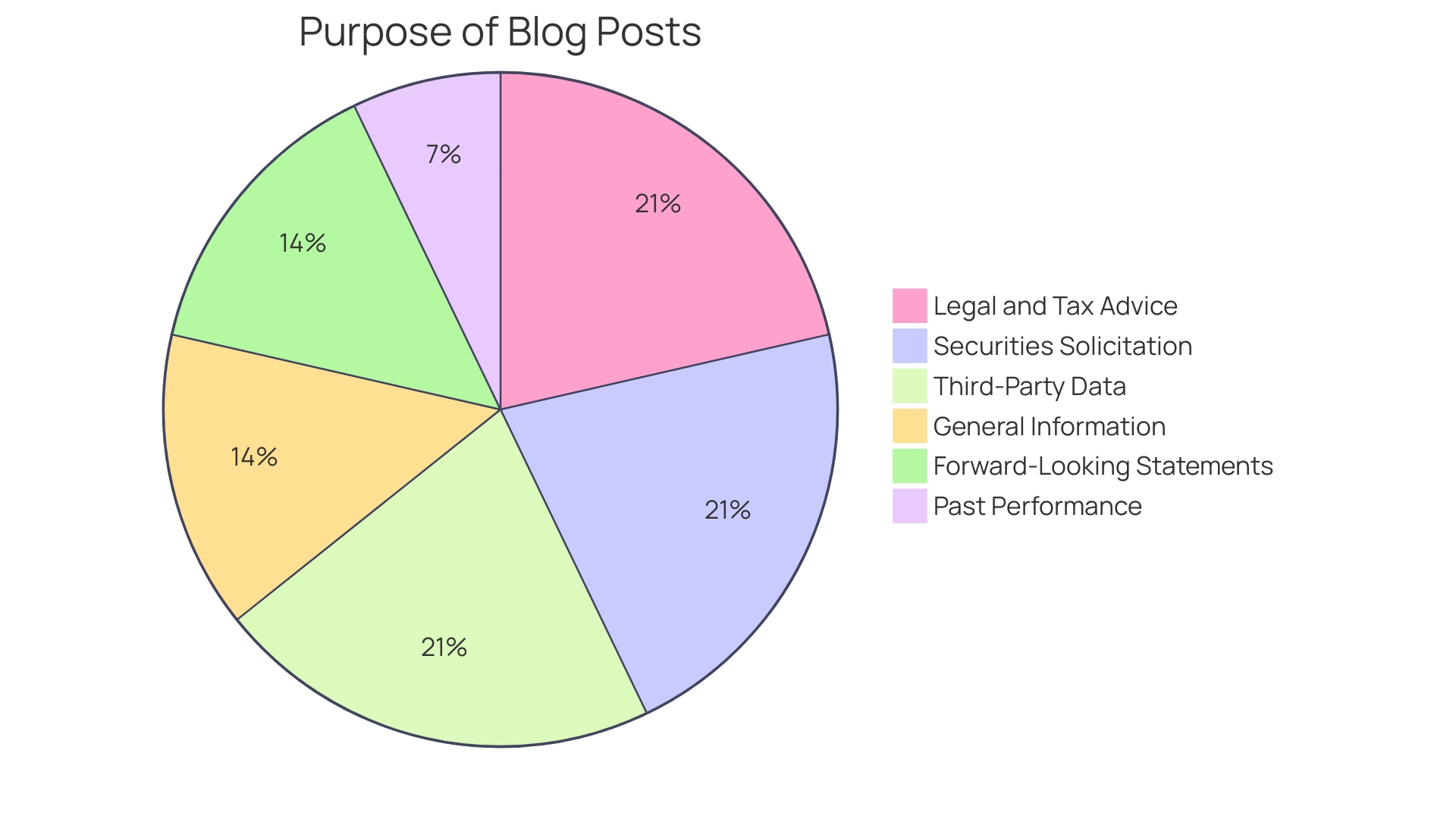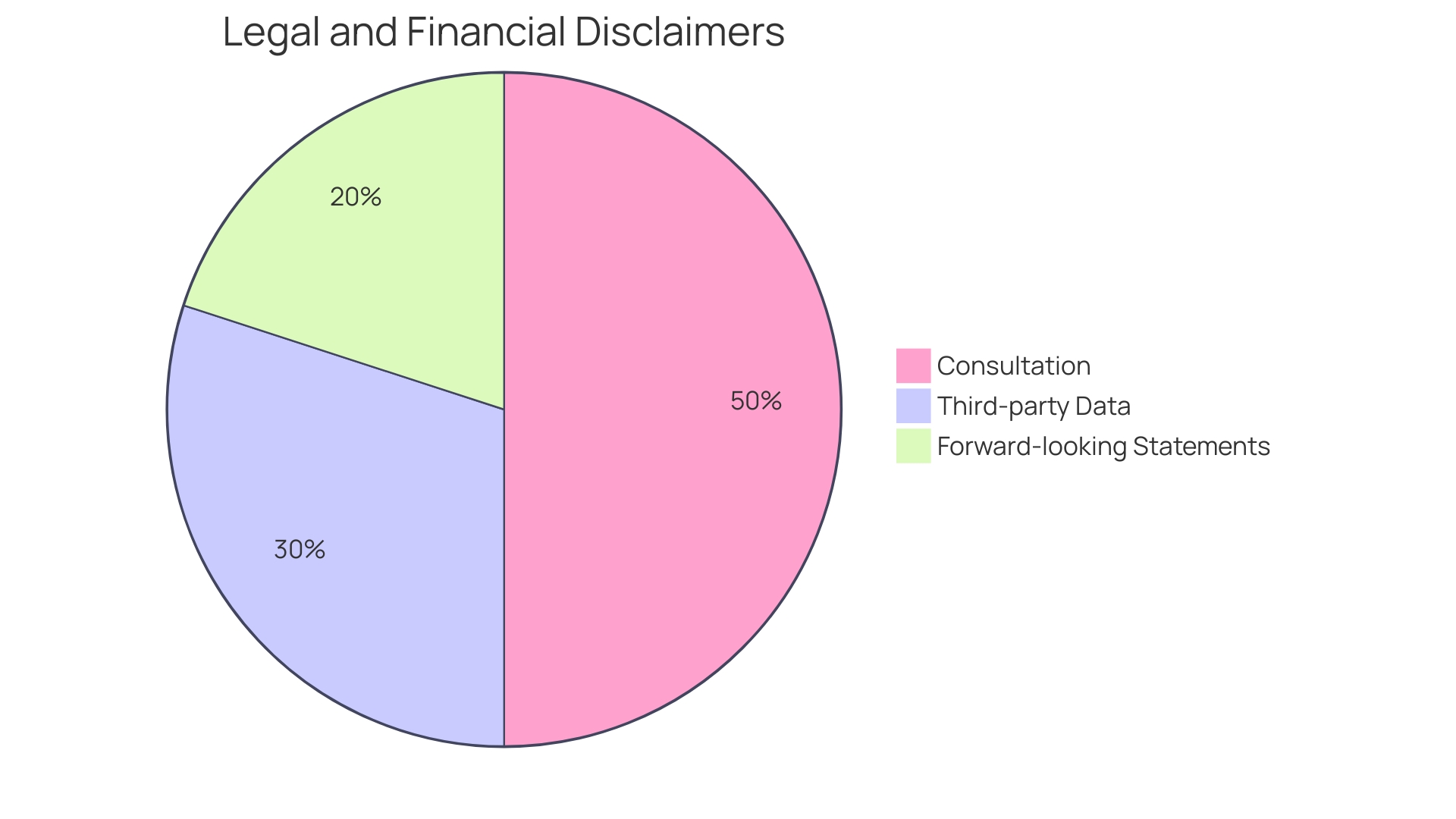Introduction
The landscape of gas prices in Thornton, Colorado, is influenced by a myriad of factors that impact the cost at the pump. From seasonal trends to geopolitical developments and the principles of supply and demand, understanding these price shifts is crucial. Gas prices not only affect consumers' wallets but also have broader economic, environmental, and social implications.
In this article, we will explore the multifaceted nature of gas prices in Thornton, providing insights into historical trends, comparisons with state and national averages, and the factors that drive price fluctuations. By delving into these aspects, we aim to equip readers with a nuanced understanding of gas prices, empowering them to make informed choices and advocate for policies that balance economic and environmental priorities. So join us as we navigate the fluctuating landscape of gas prices in Thornton, Colorado.
Current Gas Prices in Thornton, CO
The gas pricing scenario in Thornton, Colorado, mirrors a intricate interplay of factors influencing the expenses at the pump. With local consumers' budgets and travel plans hanging in the balance, it's important to understand the multifaceted nature of these shifts in costs. Seasonal trends, geopolitical developments, and the fundamental economic principle of supply and demand all play a role in this dynamic. A notable example of the impact of energy costs on households is the trend in utility bills, where, since 2019, the average monthly residential bill for electricity in Colorado has surged by 38% to $92.12, underscoring the financial pinch felt by consumers.
Additionally, public perception of the economy is greatly influenced by changes in gas costs. A study by economists Carola Binder and Christos Makridis revealed that state gas price hikes led to a swift spike in negative economic sentiment within just three days. This immediate reaction is evidence of the substantial impact of energy costs on public perception.
Residents and activists in nearby Commerce City have been vocal about environmental concerns and health implications associated with fuel storage expansions, indicating the broader societal considerations beyond just pricing. These discussions highlight the importance of community engagement and awareness in energy-related decisions.
In the wider framework, gas costs have emerged as a central topic in political discussions, with debates concentrating on the equilibrium between enhancing domestic production and recognizing the worldwide nature of oil markets. It's clear that increasing gas costs have an unequal impact on households with lower and moderate incomes, the majority of whom depend on vehicles for transportation. This dependence highlights the wider economic and social consequences of gas cost instability.
As consumers in Thornton and surrounding areas navigate these fluctuating costs, they must consider not only the immediate impact on their wallets but also the wider implications for their community and the environment. This nuanced understanding of gas costs is crucial for making informed choices regarding energy consumption and advocating for policies that balance economic and environmental priorities.
Comparison of Gas Prices in Thornton with State and National Averages
When evaluating gasoline costs in Thornton, it's insightful to compare these figures with state and national averages. This comparative analysis provides a thorough perspective on Thornton's position in the range of energy expenses. It allows consumers to discern if their local gas prices are disproportionately high or low, enabling them to recalibrate their budgetary expectations. This method of comprehending expenses related to energy is especially important considering the different energy sources accessible to individuals, such as utility gas, electricity, and propane - which are selected based on factors like price, availability, and personal choice. Furthermore, past information on gasoline expenses and energy efficiency, like the transition from the 1970s when gas consumed at 19 miles per gallon and priced $4.37 a gallon, to the more efficient and cost-effective average of 25 miles per gallon at $3.78 in 2023, demonstrates the changing nature of economy. These insights into fuel consumption patterns and pricing mechanisms are essential for consumers attempting to navigate the constantly changing landscape of gas costs.

Historical Gas Price Trends in Thornton
A study of historical gas cost trends in Thornton shows how these figures have fluctuated in response to different economic pressures and infrastructure developments. For instance, as Palo Alto grapples with utility rate increases to address infrastructure upgrades and expanded electric grid capacity, Thornton residents are similarly affected by such macroeconomic factors. In the past fiscal year, utility bills in Palo Alto saw an upward trend, with an average monthly residential bill rising from about $369 to an anticipated $400. Factors contributing to this increase involved elevated expenses for electric transmission and wholesale water, highlighting how infrastructure and supply chain problems can impact local gas prices.
In addition to infrastructure considerations, Thornton's ambitious 70-mile water pipeline project highlights the city's proactive steps to support its expanding population, with more than 10,000 potential homes in the pipeline. Such initiatives, while necessary for growth, can also result in increased demand for resources, including gas, and may impact local gas cost trends.
Market insights, such as those provided by daily and weekly natural gas indexes, show that energy expenditures are subject to fluctuations based on a complex interplay of supply and demand, infrastructure changes, and broader economic events. For consumers in Thornton, monitoring these indicators and economic calendars could be crucial in predicting future gas value movements, thus enabling more strategic planning for fuel purchases.

Factors Influencing Gas Price Fluctuations
The intricacies of gas pricing are shaped by a confluence of factors that contribute to its volatility. Market dynamics such as crude oil price fluctuations, refining capabilities, tax regimes, logistical expenses, and the influence of speculative trading all intertwine to impact the final price at the pump. For example, the idea of 'gas' in Ethereum's resource pricing model demonstrates the amalgamation of different computational endeavors into a single metric, reflecting the intricacy of valuation in resource-limited systems. Similarly, the fuel market experiences cost jumps under specific conditions, akin to the surges in transaction fees during network congestion in the cryptocurrency domain.
In the political realm, gas costs have risen to a prevailing concern, with discussions focused on domestic production versus the worldwide nature of oil markets. The president and his opponents differ in their approaches, yet acknowledge the adverse effects high gas prices have on the economy and particularly on lower-income households. Statistics show that 80% of households with incomes below $50,000 own cars, with over a third owning multiple vehicles, illustrating the widespread impact of energy costs.
Driving habits and vehicle maintenance emerge as actionable elements affecting energy efficiency. The U.S. Department of Energy emphasizes the significance of steady driving and regular maintenance in maximizing fuel economy. At the same time, geopolitical events and OPEC's production choices have been mentioned as factors for recent increases in regions like California, emphasizing the global interconnectedness of gas costs.
Addressing inflation concerns, experts have identified gas and housing as the primary drivers of recent spikes. Inflation, which erodes purchasing power, is a pressing issue, and the Consumer Price Index (CPI) and Producer Price Index (PPI) serve as critical barometers of consumer and producer movements. The surge to nearly $6 a gallon in certain areas intensifies the need for financial strategies that safeguard against market volatility.
Ultimately, the factors determining gas prices are multifaceted and interconnected, demanding a comprehensive understanding for effective predictive analysis. Maintaining a grasp on these elements can empower consumers and investors to navigate the fluctuating landscape with greater acumen.

Conclusion
Gas prices in Thornton, Colorado are influenced by seasonal trends, geopolitical developments, and the principles of supply and demand. Understanding these factors is crucial for making informed choices and advocating for policies that balance economic and environmental priorities.
Rising gas prices have a significant impact on lower- and moderate-income households, highlighting the broader economic and social repercussions of price volatility. Additionally, consumer sentiment towards the economy is highly sensitive to gas price fluctuations, underscoring the influence of fuel costs on public perception.
Comparing gas prices in Thornton with state and national averages helps consumers recalibrate their budgetary expectations and understand local fuel costs. Historical data on gasoline costs and fuel efficiency demonstrate the dynamic nature of fuel economy, enabling consumers to navigate the ever-changing landscape of gas prices.
Analyzing historical gas price trends in Thornton reveals the impact of economic pressures and infrastructure developments. Factors like infrastructure upgrades, expanded electric grid capacity, and population growth can affect local gas prices. Monitoring market insights and indicators can assist in predicting future price movements and enable more strategic fuel purchasing.
Gas pricing is shaped by a confluence of factors, including market dynamics, political debates, driving habits, vehicle maintenance, geopolitical developments, and inflation concerns. Understanding these factors is essential for effective predictive analysis, empowering consumers and investors to navigate the fluctuating landscape with greater acumen.
In conclusion, a nuanced understanding of gas prices in Thornton is crucial for making informed choices about fuel consumption and advocating for balanced economic and environmental policies. By considering the multifaceted nature of gas prices and the factors that drive fluctuations, consumers can contribute to a more sustainable and economically viable future.




